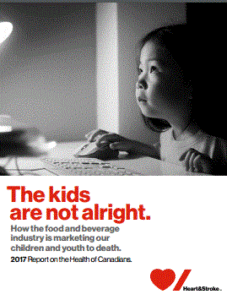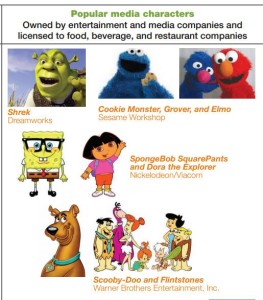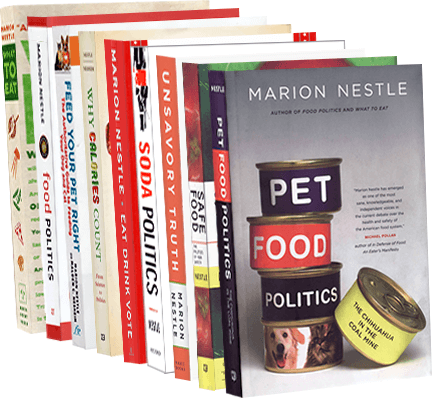The World Health Organization’s Europe branch has issued a brave new report: Tackling food marketing to children in a digital world: trans-disciplinary perspectives (2016)

I say brave because marketing to children is the food industry’s line in the sand.
Food and beverage companies will not stop marketing to children because doing so will hurt their bottom lines too much.
WHO Europe makes eight recommendations, all of them highly political:
1. Acknowledge States’ duty to protect children online with statutory regulation
2. Extend offline protections online
3. Define legal age, rather than leaving commercial interests to do so
4. Define marketing directed to children
5. Draw on existing legislation, regulation and regulatory agencies
6. Compel private Internet platforms to remove marketing of foods high in saturated fat, salt and/ or free sugars
7. Develop appropriate sanction and penalty mechanisms
8. Devise cross-border international responses
The report’s conclusion:
Children’s participation in digital media should not, however, be predicated on receiving digital HFSS [high in saturated fats, salt and/or free sugars] advertising. Digital marketing can amplify the power of earlier marketing practices by identifying and targeting more vulnerable populations with sophisticated analytics and creating engaging, emotion-focused, entertaining ways to reach children.
Nor should children’s digital participation be predicated on “devolving” consent to parents, which is akin to States expecting parents to completely prohibit their children from watching all television in order to avoid HFSS marketing, rather than implementing broadcast regulations.
Instead, States and supra-national actors should devise ways to allow children to participate in the digital world without being targeted by marketers with immersive, engaging, entertaining marketing of products that have been demonstrated to be injurious to their health.
Now if governments would just listen….






